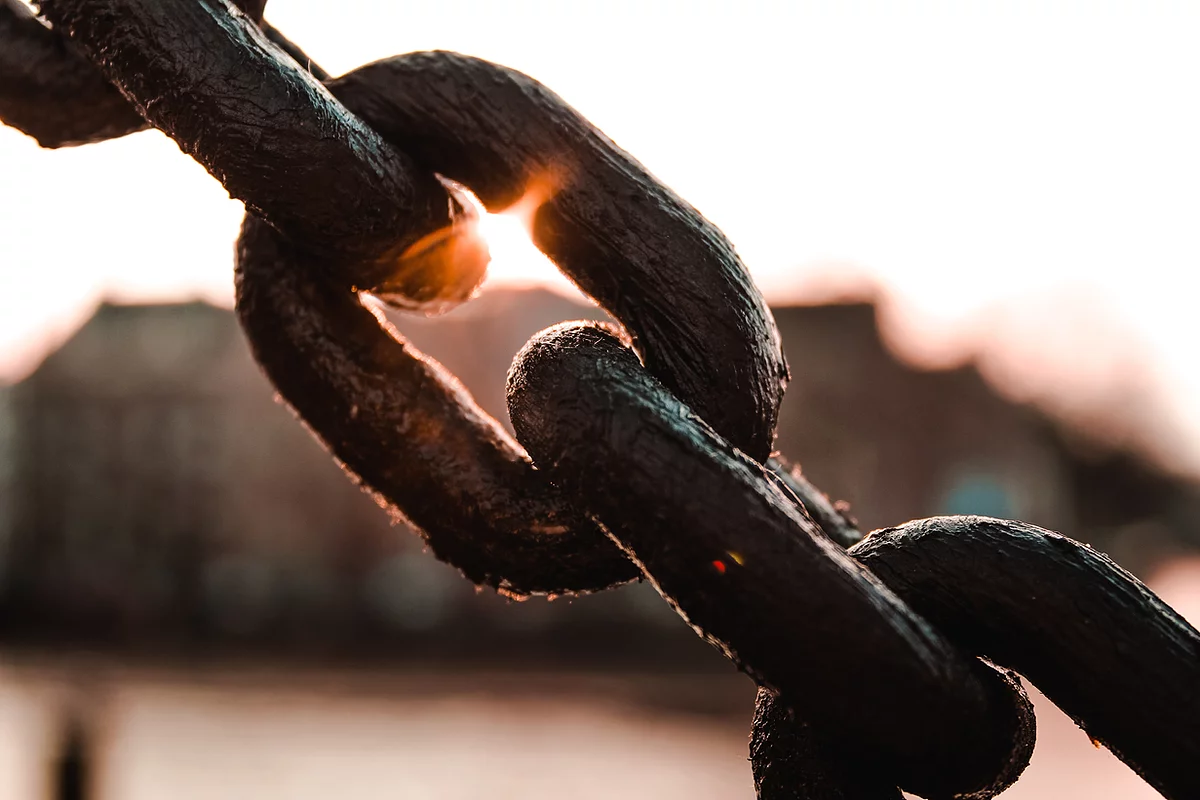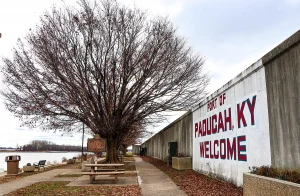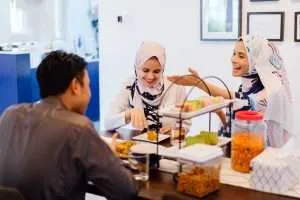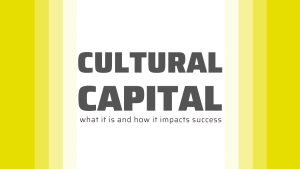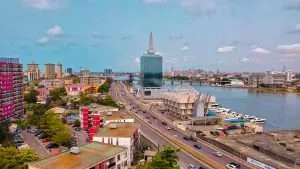Can we establish sociological solutions to human trafficking?
What is Human Trafficking?
Human society is highly organized. It spells out the good and bad values, the acceptable and the unacceptable actions. Human trafficking is one of the activities that is highly condemned by societies because it is a threat to humanity. This act can be seen in all regions and countries, and it constitutes a grave violation of human rights.
The trafficking of women, children and men have led many people to agonies, horrors, inhumane and tragic circumstances such as sexual slavery, forced labour, commercial and/or sexual exploitation, the extraction of organs and/or other body parts, or for providing a spouse in a forced marriage within and across borders. In short, there is no sane society that pledges support to this demeaning action.
Specifically, the alarming rate of human trafficking in sub-Saharan Africa cannot be condoned. Sub-Saharan Africa is geographically and ethno-culturally, the area of the continent of Africa that lies south of the Sahara. Over the years, there has been an increase in the trafficking and smuggling of humans to intra and inter African territory; the majority of these victims are women and children.
Currently, approximately 20-30 million trafficked victims exist worldwide, and the U.S. State Department in 2014 revealed that “600,000 to 800,000 people are trafficked across international borders every year, of which 80% are female and half are children.” Regionally, the 2018 Global Slavery Index disclosed that an estimated 7.8 million individuals are enslaved in Sub-Saharan Africa, out of the 9.24 million trafficked individuals in Africa, making up 19% of the total global enslaved population. This means that Sub-Saharan Africa is a hotspot for inhumane actions.
Imagining Solutions to Human Trafficking
Human trafficking operates at the two levels of sociological imagination that is, the micro and the macro-level. The former refers to the level of the victims of this inhumane act because they have been robbed off their freedom and the wills of their lives are coercively put in the hands of the traffickers. The latter addresses the menace of human trafficking as a global phenomenon at the societal level. It ruthlessly violates the rights of humanity and constitutes largely to the spread of HIV/AIDS and other deadly diseases.
To solve this problem, we need to apply the individualistic problem to the larger social problem because the social impacts of human trafficking are universal. As C. Wright Mills 1959 puts it, we must connect individual problems with greater social issues to create changes that would solve the problems.
Micro-Sociological Imaginative Causes of Human Trafficking
Micro-sociological imaginative causes are the individualistic actions that can lead to human trafficking. The need to address the way people voluntarily and unknowingly put themselves into destruction is very important. Research into secondary sources of society and documentaries have revealed that people can become victims in two ways; paid victims and unpaid victims.
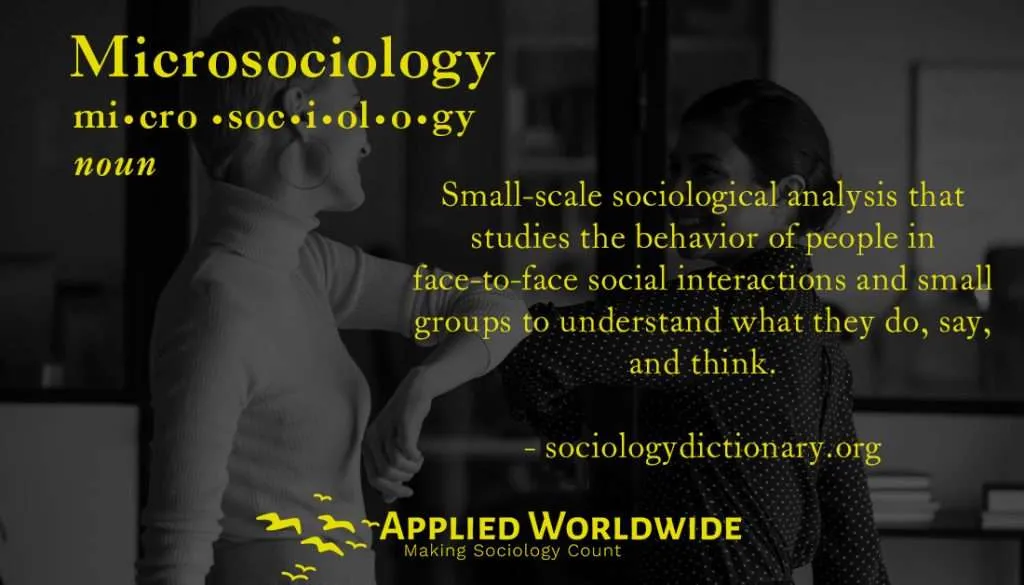
Paid victims are people desperate for greener pastures outside the border. These people, either exposed or not, are guided with the fact that they want to leave the country for Europe by all means. Usually, they pay money in large quantities for the so-called traveling agents. These agents promise them that heaven on earth awaits them in European countries.
In a documentary published by BBC, Yoruba Yetunde Abraham from Ogun State, in Nigeria and her mother went as far as selling their house to settle the agents who promised them Germany landing only for her to land in the den of prostitutes in Libya. She revealed her ordeals in the desert of Libya and how many people either died or were killed ruthlessly by heartless traffickers. The same thing happened to Virginia Adeleke who also narrated the agony she passed through in hands of traffickers.
Also, unpaid victims driven by the same motif of the paid victims got into the hands of traffickers disguised as benefactors. They promised to get them to Europe with a better job awaiting them. Unpaid victims are often transported to European countries to become slaves to the traffickers. The logic is, I pay for your documentation and travel, and you become my property. The traffickers usually set a huge debt that will take years for the victims to pay, in most cases victims never clear the debt. Their documents are seized, they are usually forced into trafficking drugs, sex work, pornography, forced labour, etc., and their payments go to their bosses.
Therefore, it can be concluded that the perpetrators of the above acts are human traffickers taking into consideration the EU definition of human trafficking as “The recruitment, transportation, transfer, harboring or reception of persons, including the exchange or transfer of control over those persons, using the threat or use of force or other forms of coercion, of abduction, of fraud, of deception, of the abuse of power or of a position of vulnerability or of the giving or receiving of payments or benefits to achieve the consent of a person having control over another person for exploitation.”
Macro-Sociological Imaginative Causes of Human Trafficking
Macro-sociological imaginative causes are the societal actions and frustrations that push people into slavery. Some people are aware of the agony they might pass through on the journey, but as a result of the frustration they have encountered, they agree to be smuggled and trafficked to a greener pasture.
Talking about Sub-Sahara Africa, it is a poverty-stricken region and the majority of the populations are living below the poverty line per day. i.e., 1.90 dollars per day. In their 2020 research, Marta Schoch and Christoph Lakner revealed that Sub-Saharan Africa accounts for two-thirds of the global extreme poor population. By implication, one can reasonably conclude that one societal factor forcing victims into the hands of traffickers is poverty.
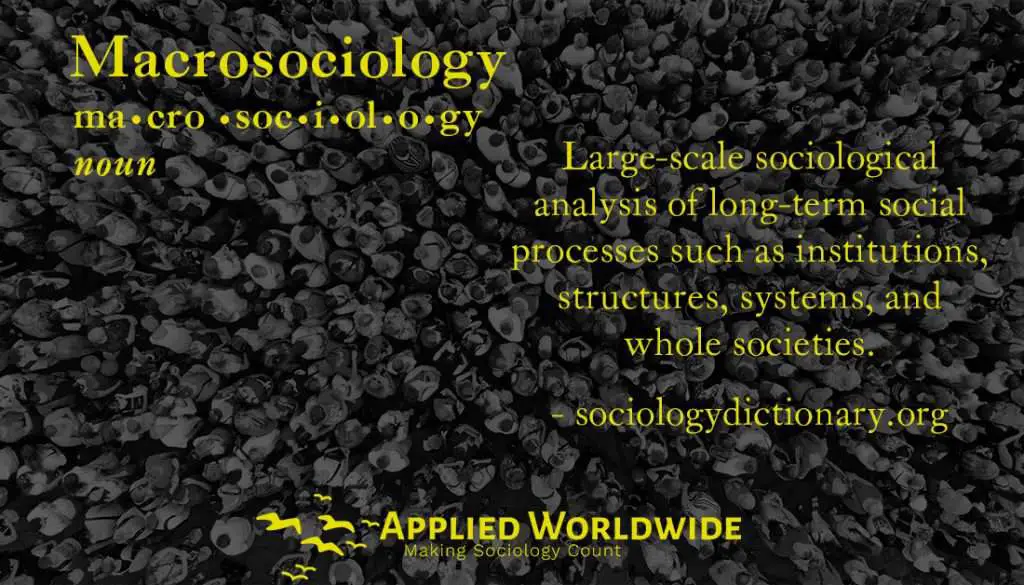
Also, all the victims have one thing in common; to look for a better job. This means that economic degradation is another important factor that should be considered. Ginalynne De Cesare in 2018 declared that lack of food, clothing, and housing, along with the unlikelihood of the government ever fulfilling these needs, create the desire within lower socioeconomic citizens to migrate in search of better opportunities. It is in this case where they become a target for inhuman traffickers to bait them with fraudulent promises.
These trafficked people are persuaded with promises of employment, higher wages, and insurance. Once these innocent human beings are collected and isolated, the traffickers use conflict theory to their advantage. Because the majority of these poor victims seeking opportunity and security are women and children, traffickers take advantage of their weaknesses which are mostly economical due to the economical degradation and high level of poverty in the region to exploit them with their trafficking business.
Sociological Solutions to Human Trafficking
Sensitization: Each person must be a mouthpiece to campaign against human trafficking. There are different magazines, websites and blogs that published series of notifications on how to recognize and stop human trafficking. We need to be informed and refer others too. For instance, the Polaris Project is a veritable website to know more about human trafficking.
Fundraising
Try to raise funds and support the organization that campaigns against human trafficking. For instance, Annie Cannon (anniecannons.org) provides human trafficking survivors with the tools to support themselves and their families. They believed that economic power is the key to breaking the cycle of exploitation among vulnerable communities. Annie Cannons, an anti-human trafficking organization, transform survivors of human trafficking into software professionals through a holistic program that trains and equips survivors to independently support themselves and their families.
Destiny Rescue (destinyrescue.org) is another organization that is leading the fight against human trafficking. It is a Christian-based nonprofit that rescues children who are being trafficked. The organization operates in Thailand, Cambodia, the Philippines, Laos, Dominican Republic and India and also has offices in three donor nations: United States, Australia and New Zealand.
Since 2011, with the help of their supporters, they have rescued over 2,300 vulnerable and traumatized children from the sex trade industry and helped keep hundreds more from entering the sex trade through their various prevention programs. Therefore, as members of society, one can pull resources together to assist the companies and organizations that are leading the fight against human trafficking.
Volunteering
Volunteering time and effort to an anti-trafficking organization is a great way to contribute to the fight against human trafficking. In one local community, there are different ways of using ones time and effort to curb the inhumane occupation. For instance, making use of ones local radio, television, social media and other outlets to sensitize family and friends on the dangers associated with human trafficking and how to identify human traffickers agents or organizations.
Inform Security Personnel
Any suspicious acts should be reported instantly. Around the globe, considerable efforts have been made to create rapid and response teams for victims of human trafficking or to prevent being trafficked. For instance, the Department of Children and Families (DCF) created Human Anti- trafficking Response Team (HART). For helpful and relevant information, their hotline is 1-888-373-788 or text 233733. Also, be sure to check out this helpful resource from one U.S. Law Firm on Trucking and Human Trafficking.
In Nigeria, the International Organisation for Migration (IOM) and other international organizations also launched the first response team for the same purpose in 2019 at the city of Maiduguri. In case you have any relevant information, do not hesitate to reach out to them via +2348036452973 or email jgalindo@iom.int.
In conclusion, human trafficking should not be given breathing space in human existence. It is the highest stage of psychological trauma that affect human being even after being rescued from the hands of the perpetrators, the feeling of inferiority or not being a free being might be there forever. It is the work of the society to make sure that the rescued victims are repatriated into the functional heart of the community to get rid of their traumas.
Therefore, three activities are required by the society to curb the menace of human trafficking and they are; campaigning against human trafficking, supporting the local and international organizations who are leading the fight against it and offering physical, psychological and financial assistance to the victims.

